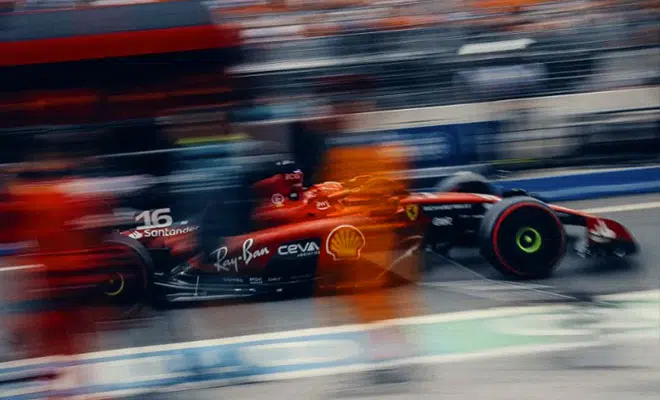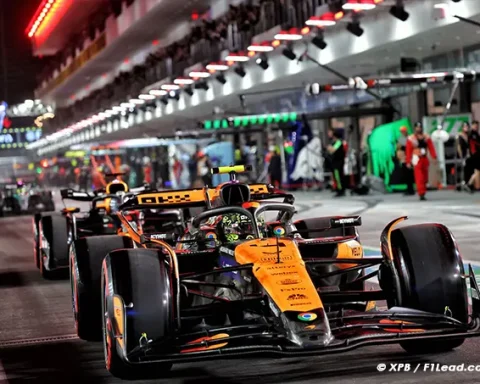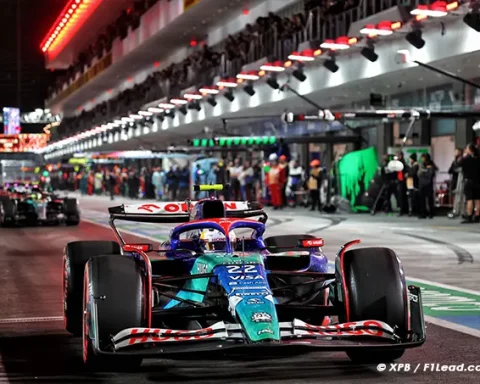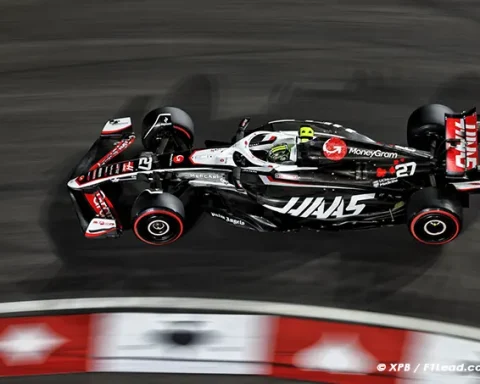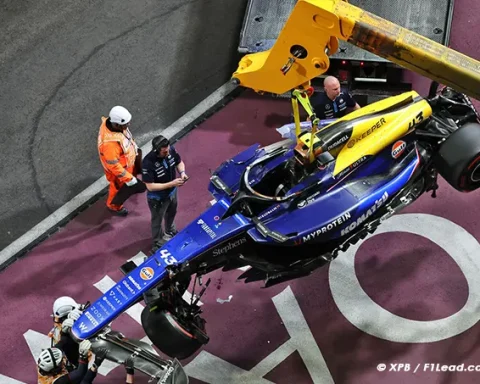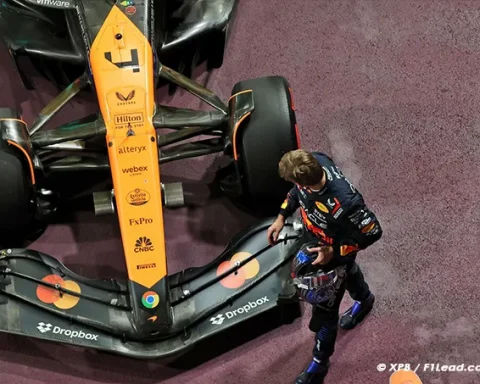Under the upcoming F1 Electrification Rules 2026, Formula 1 is steadily advancing towards electrification. A new set of regulations for power units, to be implemented in 2026, is designed to equalize the performance of thermal engines, which will continue as V6 turbos, with that of electric motors, aiming for a 50:50 power ratio.
FIA President Mohammed Ben Sulayem believes this shift is essential to continue attracting automotive manufacturers. When asked about the importance of engine sound, a feature F1 fans ardently desire, he acknowledges its significance: “Sound is a stimulus; it’s always fantastic. I hope we’ll always have it with these future engines. We have the capability to make it happen.”
“But the significance of powertrain manufacturers can’t be understated. We will have six in 2026! Private teams will also have a better selection. They won’t be influenced by one or two manufacturers regarding the Formula 1 commission. There’s no more ‘I give you the engine, you must say this or vote that.’ Additionally, prices will decrease accordingly. Manufacturers are here to stay. They have a plan, and they’re executing it.”
Thus, meeting the demands of manufacturers is a successful gamble. The question remains: Does the president have another goal he wishes to achieve by 2026?
F1’s Global Expansion Dream – Electrification Rules 2026
“If you ask about my goal or dream, I’d say: a complete American team with a driver and a complete Chinese team with a driver. That would signify a truly global F1. And my mission would be on the right track,” said FIA President Mohammed Ben Sulayem.
“I’m primarily talking about the manufacturers. Small teams come and go. When their owners see profits, they sell their team. Manufacturers are here to fill the gaps as they leave. We also need to find a balance between quality and quantity.”
“The manufacturers bring technology and innovation. I acknowledge that we are not fully committed to electrification yet. Firstly, because our engine is the most efficient in the world. The powertrain isn’t just about the engine; it involves other aspects. Particularly sustainable fuels – we’ll use less gasoline. We’re removing the MGU-H but keeping the MGU-K, making it a full hybrid. And then there’s our even better aerodynamics. It will yield a better result; we’re aiming for an 80% improvement in efficiency. 80%! And that’s closely tied to aerodynamics.”
“Lastly, in line with sustainability, I also want to reduce the consumption of brakes and tires. There are challenges here too, and there’s an enemy: weight. As a driver, I hated it. I hated heavy cars. How do you feel when you gain two kilos? Terrible! I immediately told our engineers: we can do it! I need an F1 car that’s 50 kilos lighter. They’re working on it and will achieve it with the right set of rules. The current F1 cars are too heavy and too big.”
F1 Electrification Rules 2026. F1 Electrification Rules 2026
Read also:
- MCLAREN F1’S 2023 HIGH-RISK GAMBLE REINVENTS THE MCL60 MID-SEASON
- Stay up-to-date with the latest Formula 1 news by following us on Facebook and Twitter.
